What Makes Bitcoin Different From Traditional Currency
Most forms of money can be printed or created in large quantities by governments. If a country faces financial pressure, its central bank may decide to issue more currency. While this adds short-term liquidity, it can reduce the value of the money already in circulation.
Bitcoin doesn’t work that way. It operates without a central authority. Its total supply is fixed at 21 million coins. This number is set in its code and enforced by every computer in the Bitcoin network. No one—not a bank, not a government—can change this limit.
This design was a response to inflation concerns. Bitcoin’s creator, known as Satoshi Nakamoto, wanted to create a digital currency that couldn’t be diluted. The result is a financial asset that behaves more like a scarce resource than a printable dollar.
How the Bitcoin Supply Limit Works in Practice
When new bitcoins are created, it happens through a process called mining. Miners use powerful computers to solve math problems that validate transactions. As a reward, they receive newly minted bitcoins. But this reward gets smaller over time.
Roughly every four years, the number of bitcoins awarded to miners is cut in half. This event is called a halving. It slows down the rate of new bitcoin creation until eventually, no more will be produced. The final coin is expected to be mined around the year 2140.
This steady decline in supply growth means that Bitcoin becomes harder to obtain as time goes on. Even if demand stays the same, fewer new coins entering the system can shift the balance. When demand rises, the fixed supply amplifies price movements.
Scarcity and the Psychology of Value
People tend to value what is scarce. This idea shows up in many areas, from rare art to collectibles. The harder something is to get, the more people want it. Bitcoin’s limited supply follows this same principle.
If everyone knows there will only ever be 21 million bitcoins, that scarcity becomes part of the asset’s appeal. Investors see it as a hedge against inflation or as a store of value, similar to how gold is viewed. The fixed cap turns Bitcoin into a long-term holding, not just a quick trade.
This scarcity-based mindset also fuels speculation. As more people anticipate future price increases, demand grows. With no new supply rushing in to meet that demand, the price can rise quickly. This cycle attracts attention and adds to Bitcoin’s visibility in the financial world.
Supply Shocks and the Role of Halving Events
Each halving event has historically triggered strong price reactions. When miners receive fewer coins for the same amount of work, fewer bitcoins enter circulation. This supply shock can lead to tighter availability on exchanges and drive prices higher.
After the first halving in 2012, Bitcoin’s price rose significantly in the following months. Similar patterns followed the halvings in 2016 and 2020. While many factors affect price, the timing of these events often aligns with new price peaks.
Not every halving guarantees a surge, but the trend reflects basic economic behavior. When a desired asset becomes harder to get and demand holds steady—or grows—prices tend to adjust. This relationship between supply and price is one of Bitcoin’s most discussed traits.
Demand Increases in a Fixed Supply Environment
Supply isn’t the only factor in price. Demand plays an equally strong role. As Bitcoin gains wider use and more institutional interest, the number of people wanting to buy it increases. Yet the supply curve stays flat.
This imbalance leads to higher prices. If more people want to own Bitcoin—whether for personal savings, payment use, or investment—there simply isn’t enough to go around at the same price. Buyers must bid more to get what they want.
Over time, more platforms have made it easy to buy Bitcoin. Mobile apps, payment processors, and trading services all increase access. But none of them increase the actual amount of Bitcoin available. This rising demand meets the same limited pool, which helps explain the price climbs seen over the years.
Lost Coins and the Real Supply of Bitcoin
While Bitcoin’s supply is capped at 21 million, the actual number of usable coins is smaller. Some are lost forever. People have misplaced private keys, forgotten passwords, or destroyed old computers holding their wallets.
Studies estimate that millions of bitcoins are permanently inaccessible. These coins still exist on the blockchain, but no one can move or spend them. That means the real supply is even more limited than what the software enforces.
This shrinking usable pool adds another layer of scarcity. As more people buy and hold Bitcoin, fewer coins are left for trading. With some coins permanently off the market, the effective supply remains under pressure, reinforcing price movements tied to demand.
Comparing Bitcoin to Inflationary Assets
Inflation reduces the buying power of traditional money over time. If more currency is printed without a corresponding increase in goods, each unit of money buys less. This is why prices go up and savings can lose value if not invested wisely.
Bitcoin offers a different model. Its supply never grows unexpectedly. This makes it appealing to those who worry about currency devaluation or who live in regions with unstable economies. For them, Bitcoin becomes a way to preserve value across years, not just weeks.
While Bitcoin has its risks and price swings, its supply rules are consistent. Investors know exactly how much will ever exist, and when new coins will be created. That predictability is part of what separates it from most other financial instruments.
Market Reactions to Fixed Supply Dynamics
Every market responds to news, trends, and investor behavior. But Bitcoin’s fixed supply gives it a unique price structure. When demand jumps suddenly, supply can’t stretch to match. That makes price changes sharper than in assets with elastic supply.
Speculators often enter the market during price runs. Their buying activity can further accelerate the rise. But if demand drops, the limited supply doesn’t cushion the fall. That’s why Bitcoin experiences both dramatic increases and steep corrections.
These price shifts aren’t just noise. They reflect how tightly supply and demand are connected in Bitcoin’s system. It’s a market that responds quickly, and where scarcity is always part of the equation.
Planning Around the Supply Cap
Since the final bitcoin will be mined decades from now, developers and users have time to adjust. After the cap is reached, miners will be paid through transaction fees instead of block rewards. The network is already preparing for this shift.
The fixed supply may also influence how people use Bitcoin. As it becomes scarcer, users may treat it more like digital gold—something to hold rather than spend. Layered systems, like the Lightning Network, are being developed to handle fast payments while preserving the main blockchain for savings and security.
Planning around the cap helps Bitcoin remain sustainable. Even with no new coins being created, the system is designed to run smoothly. It’s a balance of code, incentives, and behavior that aims to keep the network healthy over time.
Fixed Supply and Its Lasting Influence on Price
Bitcoin’s supply is more than a number—it’s a built-in part of how the currency works. By capping its total coins, it creates a permanent limit that shapes user behavior, investor interest, and market trends. That structure is rare in the world of money.
From Bitcoin halving events to lost coins, every aspect of Bitcoin’s supply keeps its value tied to scarcity. As more people use it and its reputation grows, the supply cap continues to play a major role in price direction.
Understanding this fixed supply helps explain why Bitcoin acts the way it does. It’s a digital asset built to resist inflation and reward patience. Whether held as an investment or used in transactions, its limited nature remains one of its most powerful features.
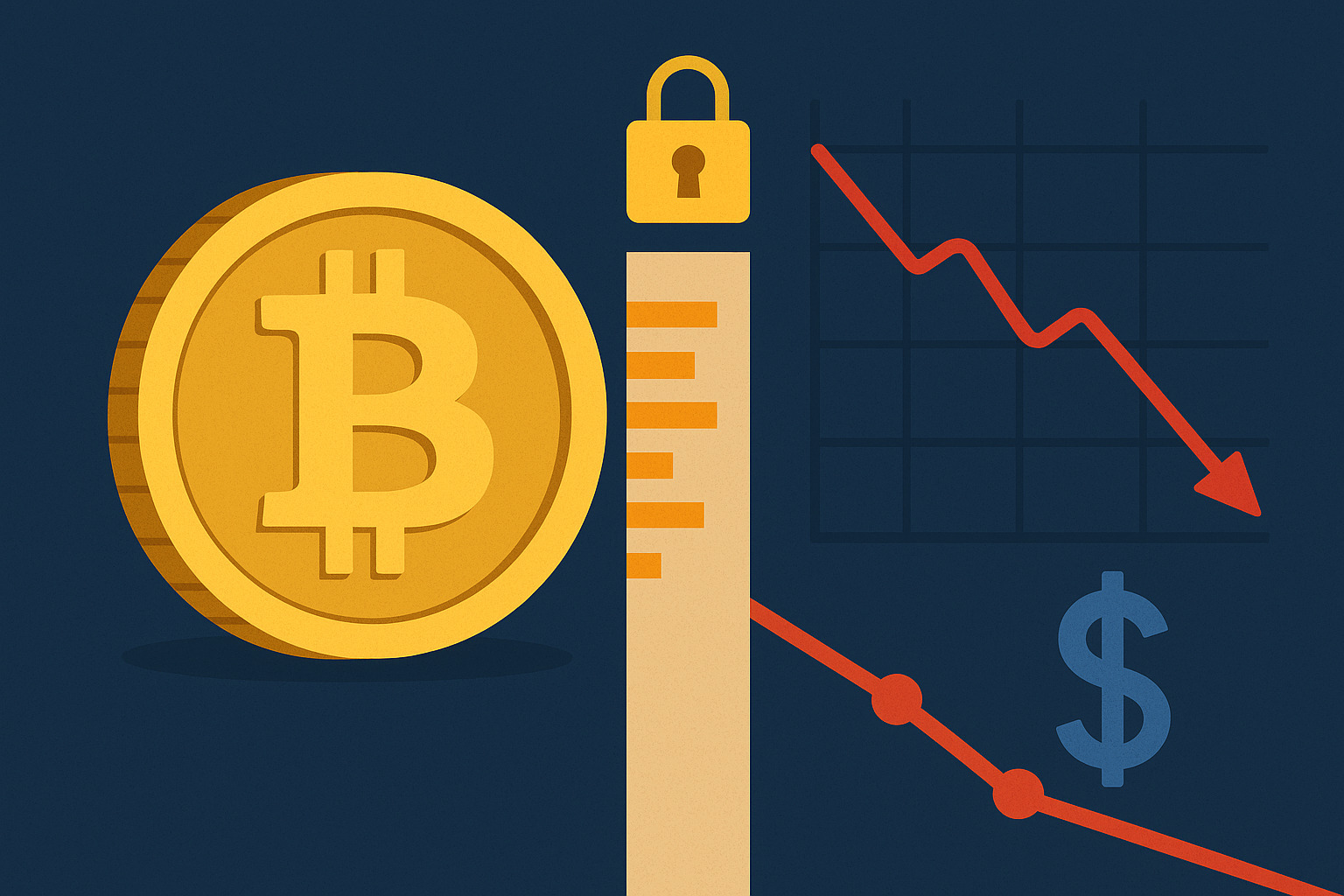



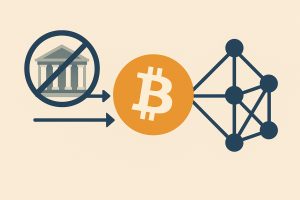
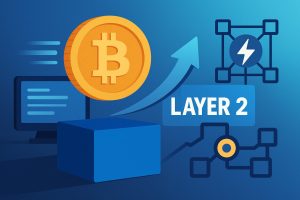
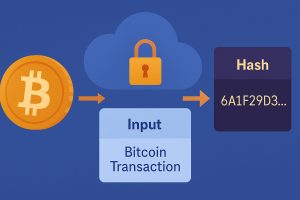

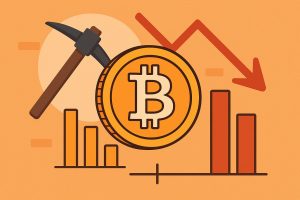

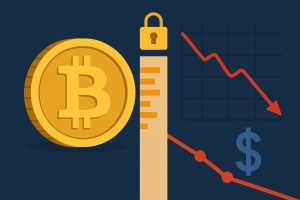





No Responses